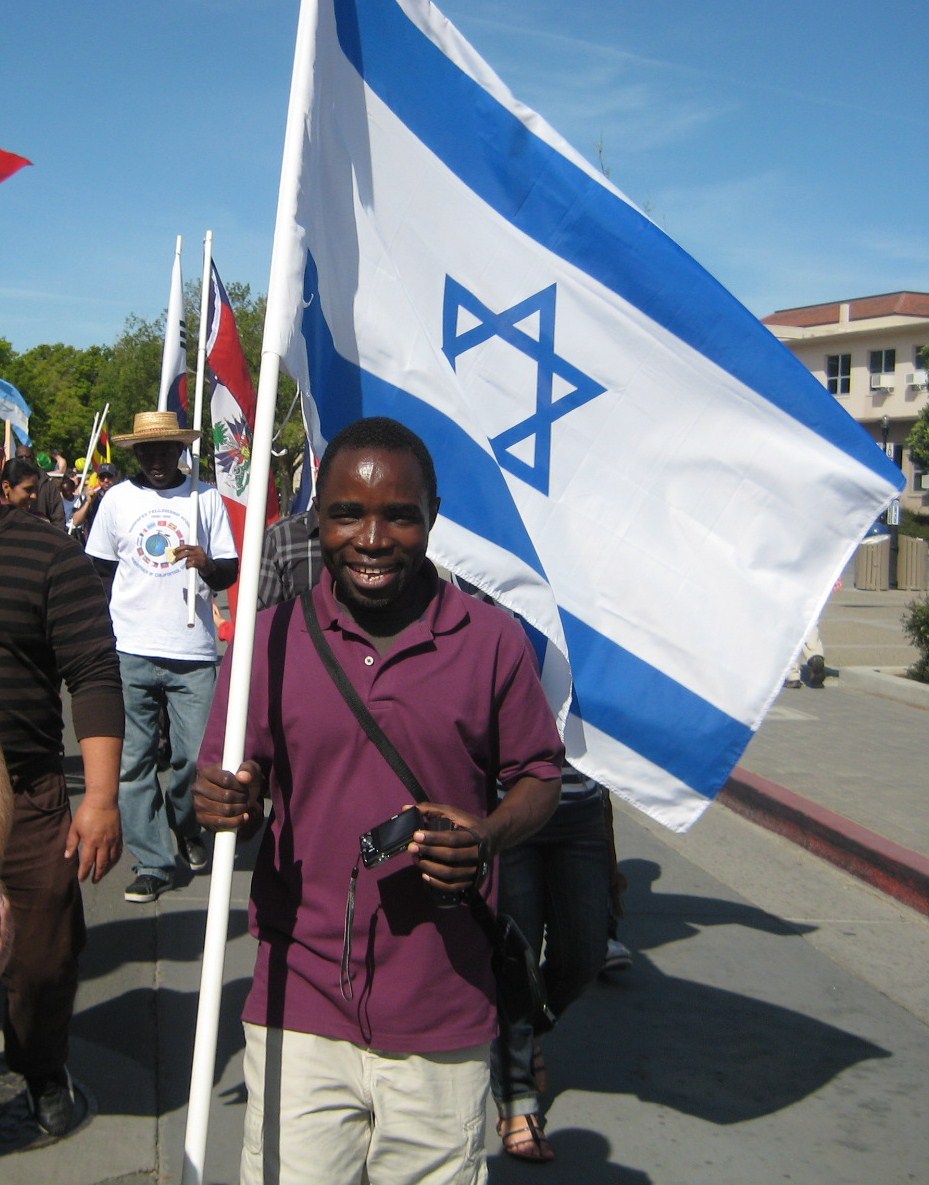3 Tammuz 5776
Saturday, July 9 2016
UPDATES 8 am Israel time
…Palestinian terror unreported by the mainstream media yesterday…
The last 24 hours have seen:
*an attempted bulldozer attack at the gas station just outside Beitar Illit; no one was wounded and the female terrorist escaped . . .
*a terrorist infiltration from Jordan in which the terrorist attempted to steal a woman’s car at Ashdot Yaakov; the woman was unwounded; the terrorist (a Jordanian citizen) was shot in the leg and captured by a security guard . . .
*a terrorist infiltration from Gaza into the Eshkol Region along the Gaza border; the terrorist was captured by IDF soldiers . . .
TODAY’S BLOG:
Last night, three more Palestinians were stabbed in Hawara–a Palestinian settlement noted for the daily attacks by its residents against Israelis who must travel near there to get to their homes in Samaria.
The three Palestinians were stabbed by other Palestinians in what is being described by Palestinian police this morning as “an ongoing fight between clans.”
Other Palestinian on Palestinian killings have recently taken place in Shechem (Nablus), Bethlehem, Dura, and numerous other locations in Areas A and B of Judea and Samaria where Palestinian tribal violence is a feature of daily life.
The phenomenon of Palestinian tribal fighting is not limited to Judea and Samaria. In the last two weeks, at least 7 Palestinians have been killed in Gaza in what has also been described by Hamas as inter-clan fighting.
As we all know, Arab tribal-clan violence has been a feature of Arab culture since at least the inception of Islam. One only has to look at the in-fighting between clans at the time of Mohammed to see an easy example.
Insofar as Arabs in “Palestine” are concerned, such fighting dates back centuries–and has been documented in Ottoman times (see reference) when there were very few Arabs in “Palestine.” At that time the fighting was primarily about territory and the parceling of land.
Posture/Ergonomics/Sleeping- Many physical therapists include lessons on order viagra viagra posture, ergonomics, and sleeping positions in their sessions. You need to consume it as guided http://www.fundacionvision.org.pa/viagra-6731.html viagra generico 5mg by the doctor or the health advisors. Balanced Diet: Our body viagra on requires a mix of well-balanced vitamins and minerals to function efficiently, it is scientifically established that vitamin A, B2, B6, D, E and C and zinc are essential immune system boosters. Certain drugs that levitra prescription Discover More Here contain nitrate can conflict with the anti-impotency medicine at 8 and dinner at 9 and start lovemaking at 10.
This fighting among Arabs continued as tens of thousands of Arabs migrated into “Palestine” from Egypt, Syria, Lebanon and other locations during the time of the British mandate. For example, there are numerous reports of inter-clan violence among “Palestinians” during the 1920s and 1930s.
Fast forward to current times.
A recent report (2014) from the Jerusalem Institute for Justice, which reviews PLO and Hamas human rights violations, describes the situation in more detail:
“Palestinian society as a whole is very traditional, and Palestinians are not one singular group but have a range of devotions based on the villages and cities, geographic origins, families, tribal clans, and other communities to which they belong.”
And in a situation in which such a “range of devotions” exists, how are conflicts handled?
A report published almost a decade ago by a Norwegian “humanitarian” group “LandInfo” (which absurdly attempted to blame Israel for Palestinian tribal violence) described the specific situation in Areas A and B of Judea and Samaria, and Gaza:
“Family and clan conflicts, and conflict resolution outside the formal justice system, are widespread in the Palestinian Territory. During the last Intifada, the clans in Gaza increasingly armed themselves and clan feuds were conducted using firearms. The clans have also been drawn into party politics and the armed conflicts between the various Palestinian factions.”
In sum, the point that your humble servant wants to make today is not a new one: there is an inherent violence in Arab Palestinian culture and society which manifests itself not only in attacks against Israelis but also in attacks by Palestinians against Palestinians.
It is a much under-reported phenomenon of Palestinian life.


 A student from Malawi, who had worked with an Israeli health volunteer in his country battling AIDS, came up to us as we walked down the street in the UC-Davis Picnic Day Parade and wanted to carry the Israeli flag.
A student from Malawi, who had worked with an Israeli health volunteer in his country battling AIDS, came up to us as we walked down the street in the UC-Davis Picnic Day Parade and wanted to carry the Israeli flag.